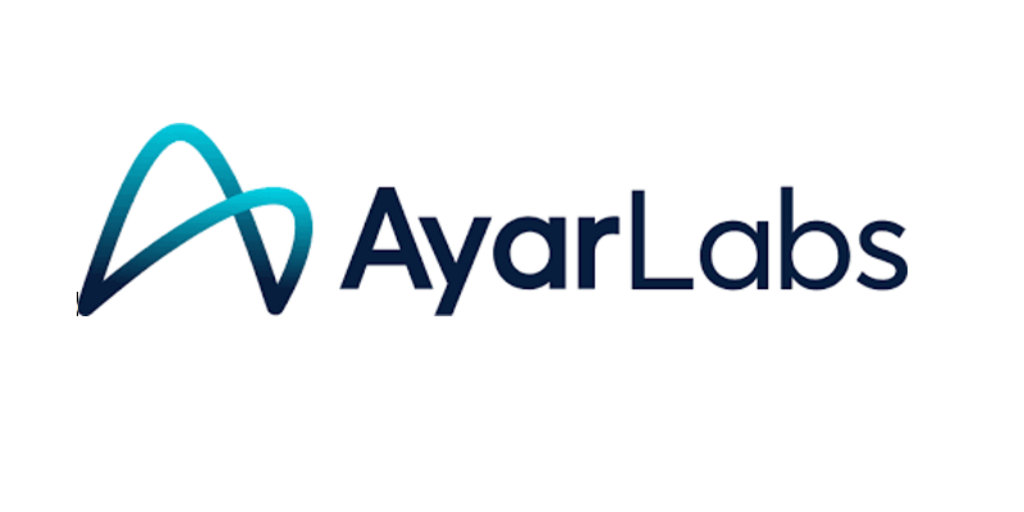There are lots of good things to say about the way the Blue Waters project is being handled, from the stream of news and videos keeping the community in the loop on the build (like this one), to the upfront engagement NCSA is fostering with potential users. Along that last front the NSF announced this week it is providing another $0.775M for education and user jump start on what will be one of the world’s largest computers when it goes live in 2011. The additional funds will support
The Shodor Foundation in expanding and diversifying the pool of applicants for internships as part of the Undergraduate Petascale Education Program. As part of this effort, a three-week introductory institute about petascale tools, methods, and applications for conducing science and engineering will jump-start the participants’ year-long internships.
The University of Chicago in increasing the quantity and quality of proposals for Petascale Computing Resource Allocations (PRAC). The PRAC grants from the National Science Foundation enable research teams to work closely with the Blue Waters team in preparing their project for a petascale allocation on the system. In order to receive an award of time on Blue Waters through the National Science Foundation allocation program, teams must be awarded a PRAC pre-allocation.
The Performance Modeling & Characterization Lab at the San Diego Supercomputer Center in creating performance models that will provide forecasts of how various science and engineering applications will perform on Blue Waters. The application models will be used for application and system tuning and to help researchers achieve the best possible performance on Blue Waters. A group at Los Alamos National Laboratory led by Adolfy Hoisie also is conducting performance modeling for the project.



